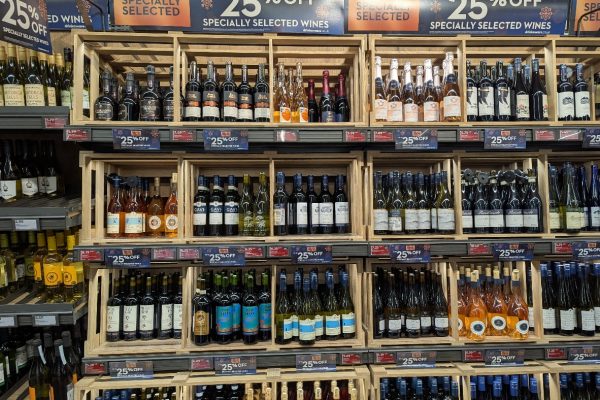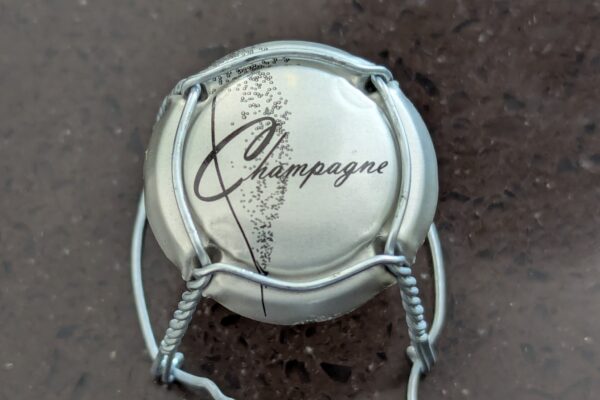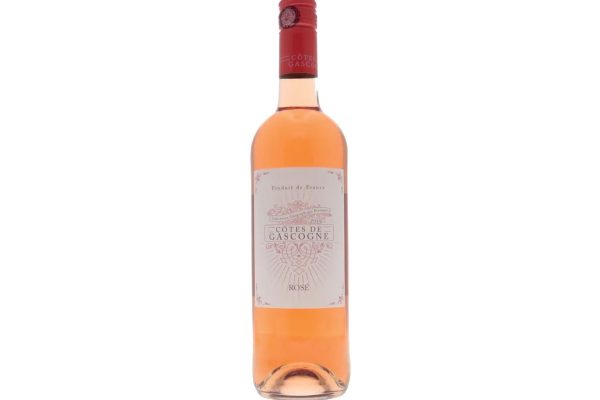
New research titled ‘Impact on wine sales of removing the largest serving size by the glass‘, published in PLOS Medicine, explores the effect of reducing wine serving sizes on wine sales. The study, conducted across 21 licensed premises in England, used an A-B-A method to compare wine sales during periods with and without the availability of the largest serving size.
It found that removing the largest serving size led to a significant reduction in the volume of wine sold, suggesting that this intervention could be a useful strategy in efforts to reduce alcohol consumption. The researchers suggest that these findings could inform alcohol licensing regulations.
You might wonder why there’s a push for people to drink less, particularly if you’re part of the wine industry. The research cited in the paper explains how alcohol consumption ranks as the fifth highest cause of early death and illness worldwide. In 2016, about 3 million deaths and 5.1% of the global disease burden were attributed to it. The World Health Organisation’s SAFER initiative, started in 2018, aims to support governments in curbing harmful alcohol use and its impacts. The work of the report was funded by Wellcome under their ‘Collaborative Award in Science: Behaviour Change by Design: Generating and Implementing Evidence to Improve Health for All‘.













